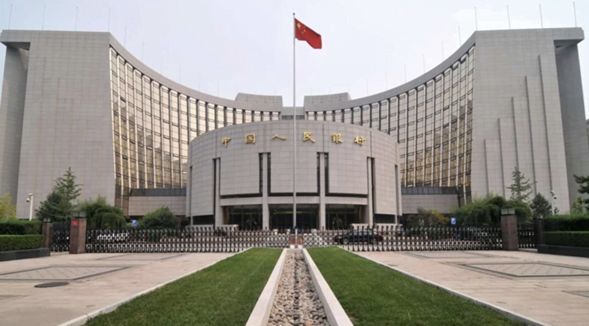A reserve currency is the one used as a means of payment in international transactions due to its confidence. In other words, investors expect their value to be maintained over time. Currently, the dollar is the currency that mainly meets these characteristics.
An important part of the international reserves of each country is denominated in some reserve currency. The bodies responsible for pursuing this objective are the central banks.
Reserve currencies also serve to set the prices of commodities such as oil, gold, and other raw materials. The same happens with financial costs and international transport.
More recently, some countries, especially in Asia, have been accumulating huge reserves in order to strengthen the competitiveness of their exporters by not allowing the appreciation of the local currency. These countries also accumulate reserve currencies with the aim of containing large and rapid capital inflows and to cushion large financial crises such as the Asian financial crisis.
This allows the issuing country to purchase products at marginally cheaper rates than other nations, which have to change their currencies with each purchase, incurring in transaction costs (for major currencies, this transaction cost is negligible with respect to the product price). It also allows the government to issue currency to borrow at a better rate, as there will always be a larger market for this currency than for others.
Reserve Coin Features
One of the main characteristics of reserve currencies is that they facilitate international trade. In this way, these currencies allow establishing a common medium of exchange between people (or companies) who come from different countries.
However, the nation that issues the reserve currency is the most benefited. For example, the United States can manage its external debt without incurring costs for losses in the exchange rate.
By contrast, the British central bank, for example, must sell British pounds and buy dollars to meet its obligations to its international creditors. So if the American currency becomes more expensive, the British government must incur greater expenses.
Having a reserve currency also implies dependence on the monetary policy of another country. If the US federal reserve begins to issue money above reasonable it will generate inflation and lower the price of the dollar. Accordingly, all funds denominated in that currency in the world will be devalued.
Reserve currencies over time
Reserve currencies change over time. For much of the 19th century, the pound sterling held that privileged location. However, it was displaced by the dollar mainly because of its reputation for stability. However, it also influences the military strength and the size of the industrial sector of the issuing country.
It should be noted that since its introduction in 1999 the euro has gained ground as a reserve currency. This, because it benefited from the reputation of one of its predecessors, the German mark.
In addition, countries like China have sought to diversify the currencies in which they keep their international reserves. In this way, they could reduce their dependence on the United States.

Major reserve currencies today
American dollar (USD)
The US dollar is the most important reserve currency today due primarily to the legacy of the Bretton Woods system. Over the last decade, more than 50% of the total sum of international reserves has been in dollars. For this reason, the US dollar is considered to have the status of a reserve currency, allowing the United States to have larger trade deficits (financed by Seigniorage) with limited economic impact as long as the largest foreign dollar holders continue to accumulate them.
Euro (EUR)
The euro is currently the second most commonly used currency in international reserves, with an approximate share of 27%, in part thanks to one of its predecessors, the German mark. After World War II and the reconstruction of the German economy, the Deutsche Mark earned the status of the second largest reserve currency after the US dollar due to the great credibility the Bundesbank gained thanks to its guaranteed independence from the government (of, in fact, the ECB is directly based on the Bundesbank model). When the euro was introduced in 1999, replacing the Mark and other European currencies, it inherited the status of a large reserve currency from the Mark. Since then, their contribution to official reserves has increased continuously as banks (China, Russia) want to diversify their reserves and trade in the eurozone continues to expand.
Renminbi (yuan)
As of October 2016, the International Monetary Fund officially recognized the Chinese yuan as a reserve currency, by including it in the basket of Special Drawing Rights (SDRs)
It becomes the third currency with the highest weight in the basket, with 10.92% of the total, above the Japanese yen and the British pound.





